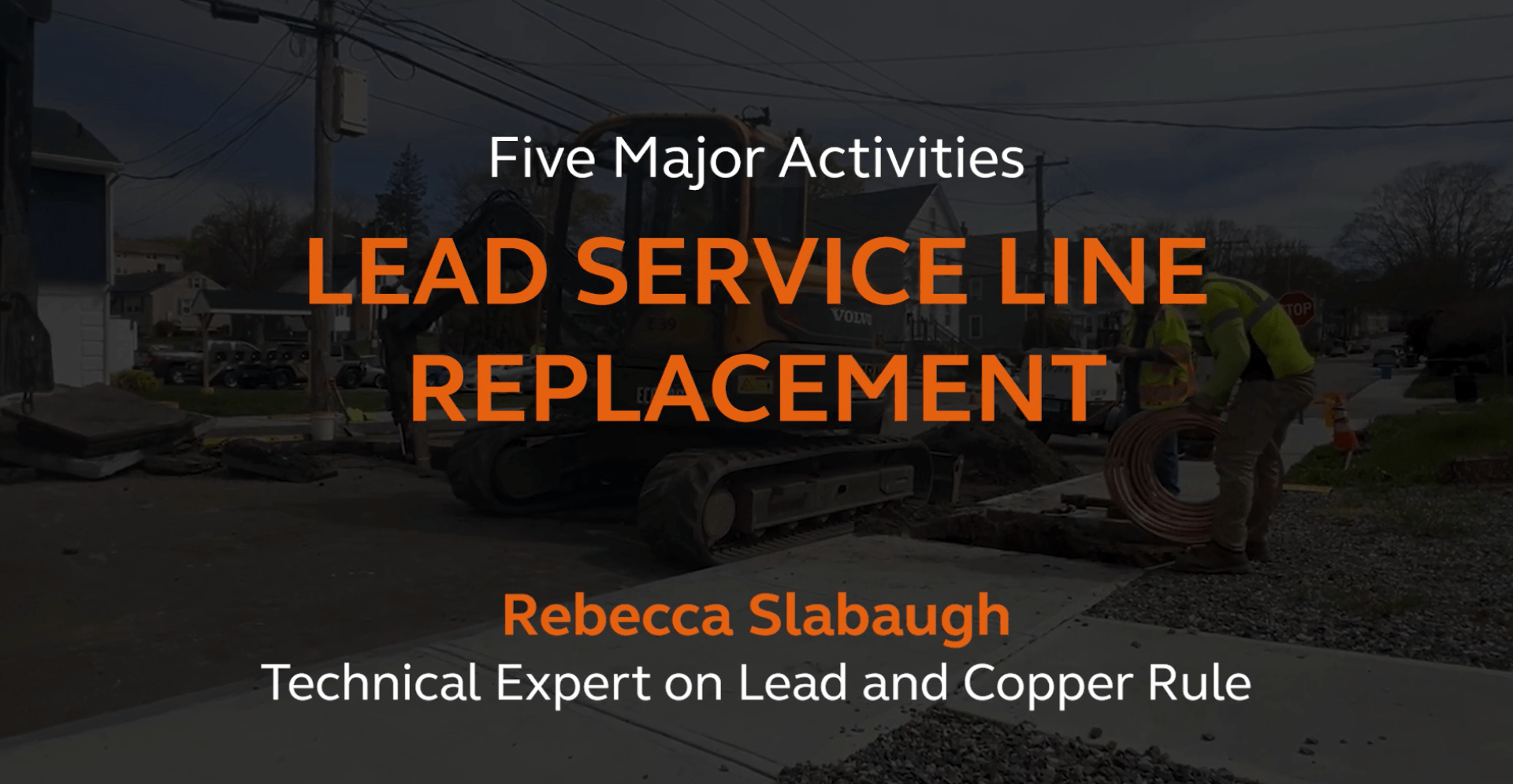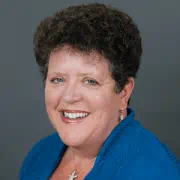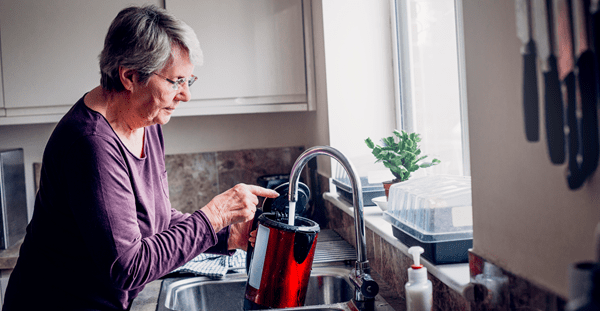As the U.S. EPA deadline for initial Lead Service Line Inventories and approaches, we share key insights from ongoing lead service line inventories and replacement projects in the U.S.
October 16, 2024 is the deadline set by U.S. EPA for water systems around the nation to submit an initial Lead Service Line (LSL) Inventory to state primacy agencies. This requirement under the Lead and Copper Rule Revisions (LCRR) is the first step in investigating lead in their communities and protecting public health by replacing lead service lines.
For over 20 years, Arcadis’s subject matter experts have been helping various utilities understand and meet LCRR Program Components starting with Corrosion Control Treatment (CCT) services. After helping the City of Flint and other communities improve their water treatment techniques, Arcadis evolved to help utilities conduct inventories, replace LSLs, develop school and childcare sampling programs, test residential drinking water for lead, communicate with internal and external stakeholders about LSL replacement opportunities and needs, and acquire state and federal funding to carry out all these components. In this write-up, we share insights from our ongoing projects around the country and what’s ahead.

Funding Support
In New London, CT, nearly $7 million in BIL funding was made available to replace 150 LSLs and complete LSL inventory. We expect U.S. EPA to announce the next round of the Reducing Lead in Drinking Water grant, one of three Water Infrastructure Improvement for the Nation (WIIN) grants and the only one that water utilities can directly apply for. This is a competitive funding opportunity and requires a 20% match. Previous awardees, such as the City of Trenton and Detroit Water & Sewer Department, utilized the grant to replace LSLs while others used the funds to stand up lead sampling programs in schools and childcare facilities.
Service Line Inventory

MINUTES
You have not accepted cookies yet
Currently, it is anticipated that the Lead and Copper Rule Improvements (LCRI) will provide water utilities with three more years to complete the system inventory. Whether your system has lead or no lead, Arcadis offers many tools and experience working with all types of algorithms (models) to cost-effectively reduce the unknown service line materials in your system.
LSL Replacement Program
Take the opportunity to know what you have in your system to be able to craft the program that will work for you and your rate payers. Arcadis can help you craft the replacement program that fits with your budget and philosophy for your water utility. As an experienced Program Manager for all aspects of service line replacement, we offer many real-time tools that simultaneously update records, produce required notifications, and assist with required sampling as programs progress to save time and money.

MINUTES
You have not accepted cookies yet
Sampling and Monitoring Program
LCRI delays all major LCRR sampling requirements, giving utilities an opportunity to focus on developing inventories and more time to prepare to come into compliance with some of the more complex changes such as sampling all elementary and licensed childcare facilities over five years. U.S. EPA has stated that all school and childcare sampling that follows LCRR protocol and is conducted after 2021 will count so we recommend working through all the kinks of your sampling program now.
Public Education and Outreach
This year, most utilities will be focused on preparing and sending out their first material notification letters to all customers served by service lines classified in the inventory as unknown, lead, or galvanized requiring replacement. Most communities feel U.S. EPA’s template for this letter requires significant tailoring. Arcadis helps systems use this first opportunity to educate customers about the complexity of lead in plumbing and impower them to take action to help identify service line materials and reduce lead in their own homes. Next year, utilities can start to expand the approach started in the inventory to other aspects of the rule such as LSLR or school/childcare sampling outreach.
Corrosion Control Treatment
Treatment techniques for PFAS can influence corrosion control treatment and now is a good time to evaluate your treatment strategies and goals. While LCRI removes the trigger level and delays the action level of 10 ug/L, this time is critically important for utilities to review their corrosion control strategy. Arcadis is a leader in chemical optimization and corrosion control and can help utilities prepare for the new action level. We have over 20 years' experience performing desktop and demonstration studies of all sizes.
A legacy for many generations to come
Since the ban on installation of lead pipes in 1986 in the U.S., a multitude of public and private organizations and communities have made a concerted effort to protect public health through optimization of corrosion control treatment and lead service line replacement. To date, the industry has made great strides at reducing exposure to lead and will continue to focus on prioritizing public health through engineering solutions.









